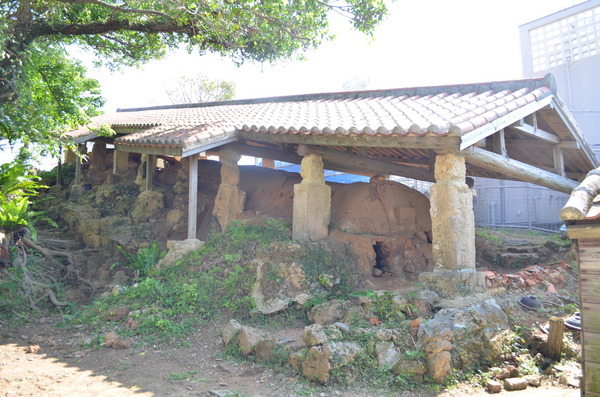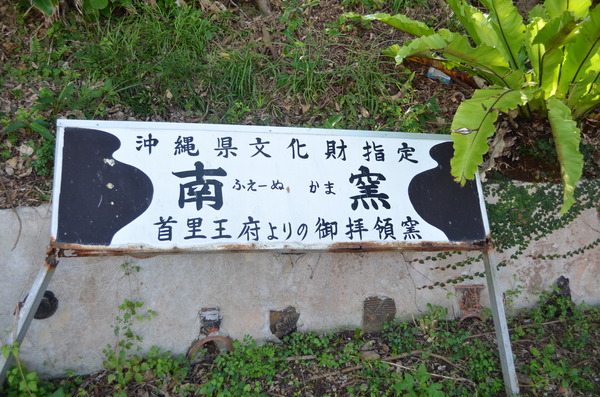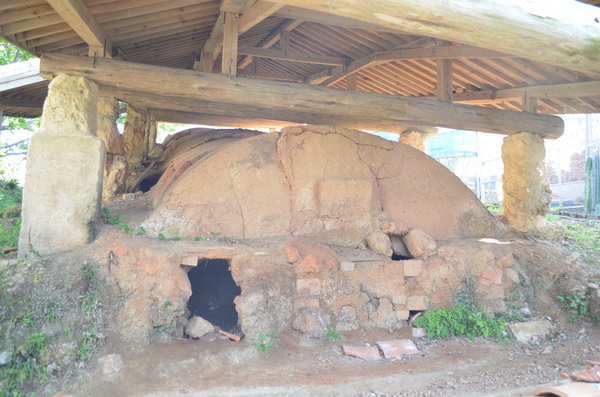Tsuboya Climbing Kiln for Arayachi Ware and its Stone Masonry
HistoryTraditional craft




There is a climbing kiln mainly for baking arayachi (unglazed) ware and stone masonry protecting the kiln in 1-chome, Tsuboya. This kiln is the only existing arayachi kiln in Tsuboya, the home of yachimun (pottery). It is called Fenukama (south kiln), and was used for baking sake jars, water jars, and zushigame (burial urns).
Basic information
- Address
- 902-0065 1-86 Tsuboya Naha Okinawa
- TEL
- 098-917-3501 (English is not supported) Municipal cultural property division of Naha city
- Business hours
- Nothing in particular
- Close day
- Nothing in particular
- Charge
- Nothing in particular
- Parking
- Nothing in particular
- Access information
- About an 11-minute walk from the Yui Rail Makishi station.
Additional Information
- Academic information
- Cultural property(Prefectural designated architecture)
Designated Date: March 19, 1973
There is a climbing kiln mainly for baking arayachi (unglazed) ware and stone masonry protecting the kiln in 1-chome, Tsuboya. This kiln is the only existing arayachi kiln in Tsuboya, the home of yachimun (pottery). It is called Fenukama (south kiln), and was used for baking sake jars, water jars, and zushigame (burial urns).
Fenukama is a kiln that is about 20m long, about 8m wide, made of clay on the slope, which is shaped like kamaboko (fish cake). The inside of the kiln is tunnel-shaped with no partitions and the fire box is in the lower part of the kiln. The kiln is covered with a red-tile roof, which is supported by stone pillars and pillars made of piles of several stones to prevent fire. You can see masonry retaining walls surrounding the climbing kiln to protect the kiln.
It is said that the home of pottery “Tsuboya” had started in 1682 when the Chibana-kiln in Misato (presently Okinawa City), the Takaraguchi-kiln in Shuri, and the Wakuta-kiln around Izumizaki were gathered and united into one as “Tsuboya-mura.” They say that the climbing kiln for Arayachi ware was built around that time. This is a very precious kiln. - Quote
- Naha Board of Education Cultural Heritage Division (2007) "Naha cultural property" Naha Board of Education
